In this exclusive interview with TheCSRUniverse, Dr. Smriti Pahwa, Regional Director for North India at Arogya World, sheds light on the nonprofit’s pioneering efforts to combat non-communicable diseases (NCDs) in India. Founded in 2010 by Dr. Nalini Saligram, Arogya World is dedicated to empowering individuals through science-based healthy lifestyle programs. With a focus on adolescents, the organization’s Healthy Schools Program has reached over 1 million children across India, emphasizing the importance of health education and lifestyle changes in preventing diseases like diabetes, heart disease, and cancer. Dr. Pahwa discusses the critical role schools play as hubs for health promotion, the impact of their initiatives, and the challenges faced in integrating health programs into the educational system. She also highlights the significance of partnerships and the innovative use of technology to expand Arogya World’s reach. As India grapples with rising rates of NCDs, Dr. Pahwa offers insights into how Arogya World is creating a sustainable ecosystem for NCD prevention and shares her vision for the future of health education in India.
Scroll down for the insightful discussion:
Q. Please provide a brief overview of Arogya World and its mission in preventing non-communicable diseases (NCDs)? What inspired Arogya World to focus on health education and lifestyle change as key strategies to combat NCDs and what specific programs or initiatives have you implemented to promote health education among adolescents?
A. Arogya World is a nonprofit organization founded in 2010 by Dr. Nalini Saligram, with the aim of implementing science-based Healthy Lifestyle programs to prevent non-communicable diseases (NCDs) across India. The organization's mission is to empower individuals to lead healthier lives and create a sustainable ecosystem for NCD prevention in India. Arogya World's work primarily focuses on addressing NCDs prevalent in India, such as Type 2 diabetes, heart disease, cancer, and chronic lung diseases. NCDs pose significant challenges to health and development, impacting millions of lives and exerting a substantial economic burden. In India, the prevalence of diabetes and pre-diabetes is alarmingly high. There is a pressing need to address these issues, as NCDs affect people across all strata, socioeconomic levels, and rural/urban settings, with the poorest populations being the most impacted. Fortunately, there is substantial evidence indicating that NCDs are largely preventable. World Health Organization highlights that simple lifestyle changes such as healthy eating, regular exercise, and tobacco avoidance can significantly reduce the risk of heart disease, type 2 diabetes, and cancer. Arogya World is committed to promoting prevention through healthy living, emphasizing the effectiveness of lifestyle changes in preventing and delaying the onset of diabetes. Adolescents are particularly vulnerable to NCD risk factors, making it crucial to prioritize interventions targeting this age group. School-based programs are recommended to instil good dietary practices and exercise routines from an early age. In India, adolescents are facing challenges such as insufficient physical activity, rising rates of overweight and obesity, and high blood pressure, all of which can lead to long-term health issues if left unaddressed. Recognizing the significance of targeting adolescents, Arogya World launched the Healthy Schools Program in 2012. This program has been delivered to over 1 million children in India and has committed to reach additional 5 million in the next four years, reflecting the organization's commitment to working with local partners to effectively combat NCDs. Arogya World has demonstrated the adaptability of its program by successfully delivering it in traditional, digital, and hybrid modes in various school and community settings, ensuring that impactful interventions can reach the widest possible audience.
Q. Can you share any success stories or case studies where education significantly impacted adolescent health awareness and behaviours?
A. Arogya World’s Healthy School Program has demonstrated profound impact. A pilot was conducted in Delhi in partnership with Hriday to gauge impact, and the program is currently being expanded to middle school children (ages 11 to 14) across multiple states in India. During the first two years of the program, 23.7% more students understood that unhealthy eating habits can increase the risk of diabetes, 18% more students recognized that physical inactivity can elevate diabetes risk, and 12.2% more students learned that being overweight or obese can heighten future diabetes risk.
Stanford's Center for Asian Health Research and Education is validating data (2015-2022) from Arogya's school programs and has shown encouraging trends in effectiveness and fidelity, with more than a 15% improvement in knowledge and over a 7.5% improvement in health behaviours score. Encouraged by these excellent results, the program is now being aggressively scaled up. We are making a commitment to reach additional 5 million school children in next four years through collaborations with various partners.
Q. Can you name some of your funding partners and share ways in which they support you besides providing funds?
A. Each funding partner may offer various types of support tailored to the specific needs and strategic goals of the organization they are backing. Many funding partners engage in community-building efforts to foster environments of support among their funded organizations and provide strategic inputs and open their networks or ecosystems to us aspartnership is a sign of trust and understanding. For instance, in the case of Arogya World, we received a significant gift of $1.05 million from Rural India Supporting Trust (RIST), to advance the health of adolescents in India. With this RIST grant, Arogya World will reach 1.5 million middle school kids, mostly in government schools in India, with its impactful school health program.
Therefore, the partnership isn’t limited to funding, it also involves collaborating in the efforts to yield results for the initiatives and build sustainable impact pathways.
Q. How many schools or institutions are you currently working with? What are Arogya World's future plans or goals for expanding its impact on adolescent health through education?
A. Arogya World’s Healthy schools program has touched thousands of schools across India. We are currently completing our expansion phase in over 1 million middle school children (11 to 14 years old) in multiple states in India. We have now started our next phase of scale-up (district-wide and low-cost large partner strategies) with the goal of reaching over 5 million children across India in the next four years. We want to build sustainable pathways through systems change to scale the program 10X in future. Through collaborative efforts with our partners, we thrive to work towards fulfilling our goal of using education as a tool to spread awareness around preventive measures for NCDs.
Q. In what ways can schools serve as central hubs for promoting physical activity and healthy eating habits? What challenges do schools typically face when integrating health programs, and how can they overcome these obstacles?
A. India’s adolescents must improve their lifestyle habits - i. they lead sedentary lives as 3 out of 4 adolescents in India were reported to be insufficiently physically active. ii. Overweight and obesity, as well as the threat of diabetes, are on the rise among school-age children in India. In fact, 10.4 percent of adolescents (10-19 years) are estimated to be pre-diabetic. iii. a third of teenagers are estimated to have high blood pressure. It is important to intervene before children’s lifestyle habits are set, and help them make exercise and healthy eating part of their everyday lives. Otherwise, they will grow up to get diabetes and heart disease at alarming rates and further contribute to India's NCD crisis.
It is essential to instil healthy habits in school-age children for their long-term and general development. Early adoption of healthy eating habits, consistent exercise, and good hygiene promotes physical health, improves cognitive performance, and supports emotional stability. These habits can support long-term wellness and prevent diseases linked to a certain way of living. Teaching the importance of adopting healthy habits can also improve social skills and academic achievement, setting kids up for a balanced and successful future. Prevention through healthy living is at the core of Arogya World’s work. Therefore, to spread awareness around the same, it is important to use a tool or a medium that can yield the most effective results. In this case, schools serve as an effective medium for incorporating healthy habits among students. Understanding the importance of living a balanced and healthy life at a young age tends to significantly lower the chances of suffering from diseases that tend to affect individuals during a later stage of their lives. Despite these potential benefits, schools face several challenges when implementing health programs. Limited funding and resources can constrain the ability to hire trained staff. Time constraints within an already packed curriculum can also hinder the integration of comprehensive health education. Engaging parents and the community through workshops and informational campaigns can build broader support for these programs. By fostering a collaborative environment and leveraging external resources, schools can more effectively promote physical activity and healthy eating habits among students.Addressing the need to adopt a preventive approach at a young age helps in building a secure future and reducing the risk of suffering from serious illnesses in the long run.
Q. How important is it to integrate diabetes education into the school curriculum, and what long-term impacts can it have on children's health? What strategies can schools adopt to effectively incorporate diabetes education into their daily lessons and activities?
A. More than 100 million Indians live with diabetes and 136 million are pre-diabetic. In metro cities like Chennai, 3/4 adults are diabetic or pre-diabetic. Indians get diabetes 10 years earlier than Americans, often in their 30s, during peak productive years. 25% of a poor Indian family’s income is spent on care for one person with diabetes.
Schools can effectively incorporate diabetes education by including it in health and science lessons, using interactive activities to teach about healthy eating and physical activity. Collaborating with healthcare professionals for workshops and seminars can provide expert insights. Schools can also implement wellness programs that promote regular exercise and balanced diets. By embedding diabetes education into the daily routine, students can develop lifelong habits that contribute to better health outcomes. Additionally, this approach has a ripple effect as it not only impacts the students, but also their family members and friends. Consequently, the message reaches to a larger section of people. We believe in the motto “Eat right, exercise, say no to tobacco” and to best establish this, schools serve as an effective platform.
Schools are a powerful platform for NCD prevention and behavior change and this has been a key recommendation from the government of India. Arogya World’s Healthy Schools Program aligns with this and with India's Ayushman Bharat National School Health Curriculum (which outlines ways to improve eating habits, physical activity, sexual/reproductive health rights, and tobacco use), Poshan Abhiyan (India's initiative to improve nutrition), The Rashtriya Bal Swasthya Karyakram scheme (includes school-based health measurements), and Health & Education Ministry missions. The two-year Arogya programme teaches 11–14-year-olds the fundamentals of healthy living at a formative age, before their lifestyle habits are set, through engaging in games and activities that are age-appropriate. This well-designed, scientifically grounded programme engages middle school students in rural and urban India on how to lead healthy lives.
Q. What role do you see fortechnology and digital tools in enhancing health education and promoting healthy lifestyles among adolescents?
A. Technology can provide an effective level to enhance health education. Digitization of our healthy school program provided us with a cost-effective avenue for scale-up. Digital tools can engage students providing high stimulus content delivery. Having said that, it is important to ensure supervised transmission for effective program delivery and impact so that technology enables and does not distract. With advancements in technology, it has become easier for us to roll the program out. Our content is available in several local languages and implemented across 12 states of India and also digitally on the GoI portal Diksha (national digital infrastructure for teachers).It is a portal that enables, accelerates and amplifies solutions in the realm of teacher education. Hence, by making use of credible technological platforms, informative and necessary information can be imparted to students. Technology is also enabling automated data management, process indicators for quality implementation and impact evaluation for Arogya World’s school health program to deliver a high quality impactful intervention.
Q. How can other non-profit organizations and stakeholders collaborate with Arogya World to amplify efforts in preventing NCDs?
A. We are looking for partners who work closely with schools to understand their delivery models and collaborate with our health school program to achieve better outcomes. This approach leverages existing platforms through cumulative investments, making it highly efficient. Arogya World's team offers training and support throughout the implementation of the program, along with providing an evaluation framework, tools, and protocols and data management technological support. We welcome non-financial partnerships with organizations, investing in them through Arogya to roll out the program. Additionally, we are open to exploring joint partnerships to further enhance our efforts to reach out to all middle school age children in India.
Q. What are your suggestions to policymakers for making it easier for organizations like yours to collaborate with government agencies to implement such programs in schools and colleges?
A. Ayushman Bharat School Health Program and other government initiatives have provided a robust opportunity base for organizations to build on. We sought advice from the Ministry of Health and Family Welfare (MoHFW) to align our program with the messages delivered through government programs focused on healthy living and non-communicable diseases (NCDs). We have received valuable guidance and have revised our programs to align with national priorities.
We hope to work closely with state governments to embed the program within their stipulated priorities, making healthy lifestyles and prevention a focus area by involving students. Involving children early on in shaping positive behaviors is more effective than attempting to change behaviors later in life. Prevention through positive, healthy lifestyles is the only sustainable solution for combating NCDs.
At Arogya World, we have initiatives in place where we continuously work towards spreading awareness about NCDs and promoting preventive measures. We aim to collaborate closely with state governments to improve the execution of our programs and reach a larger segment of society.



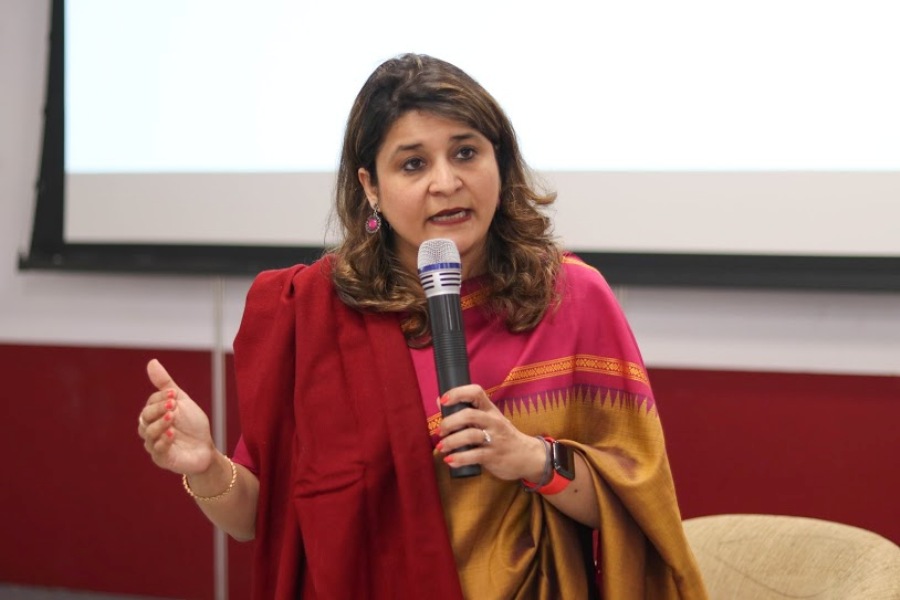

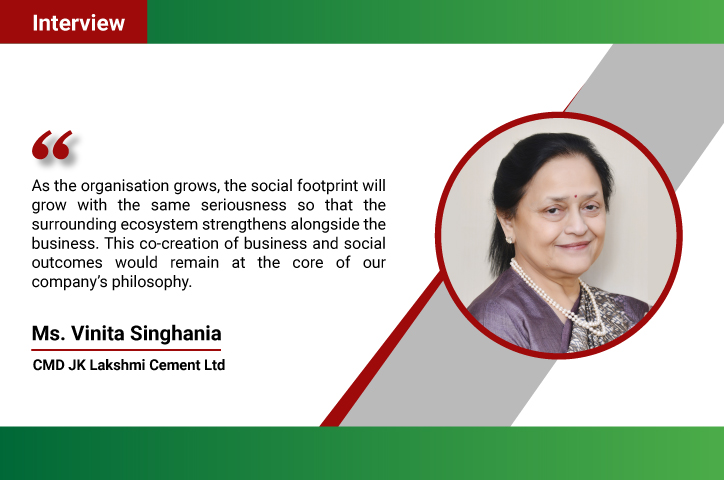
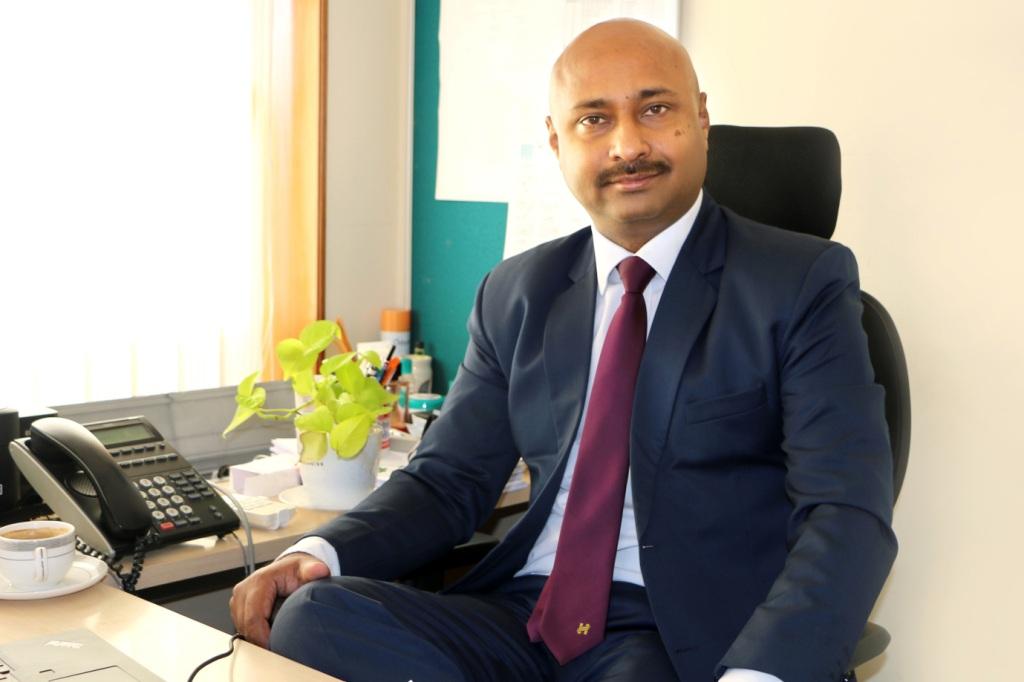
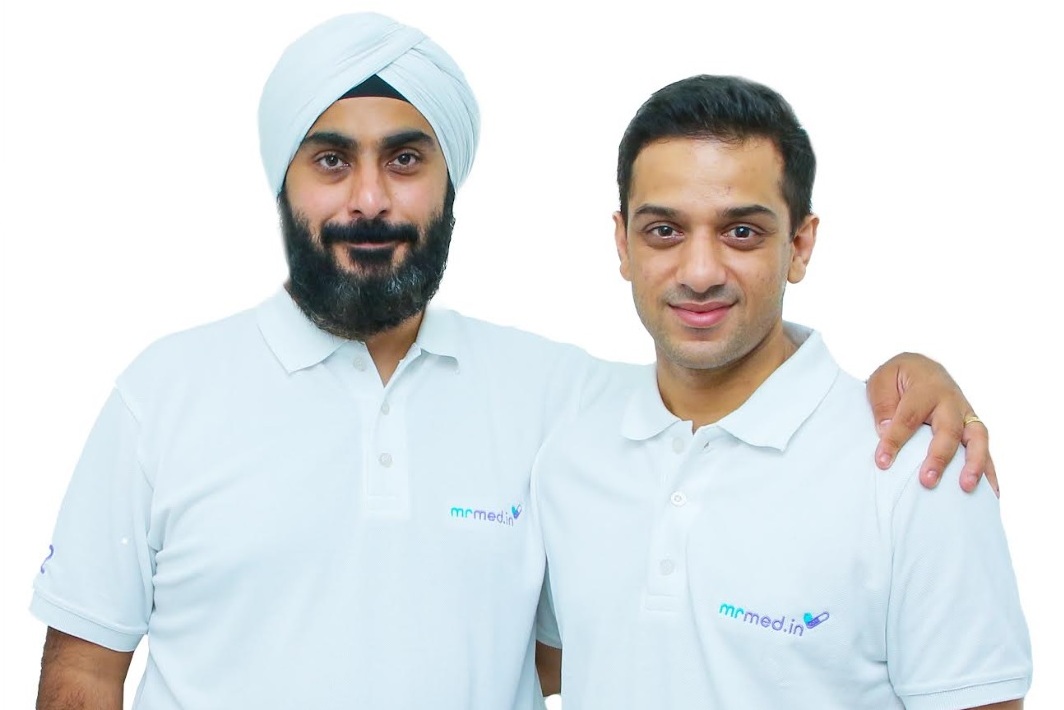
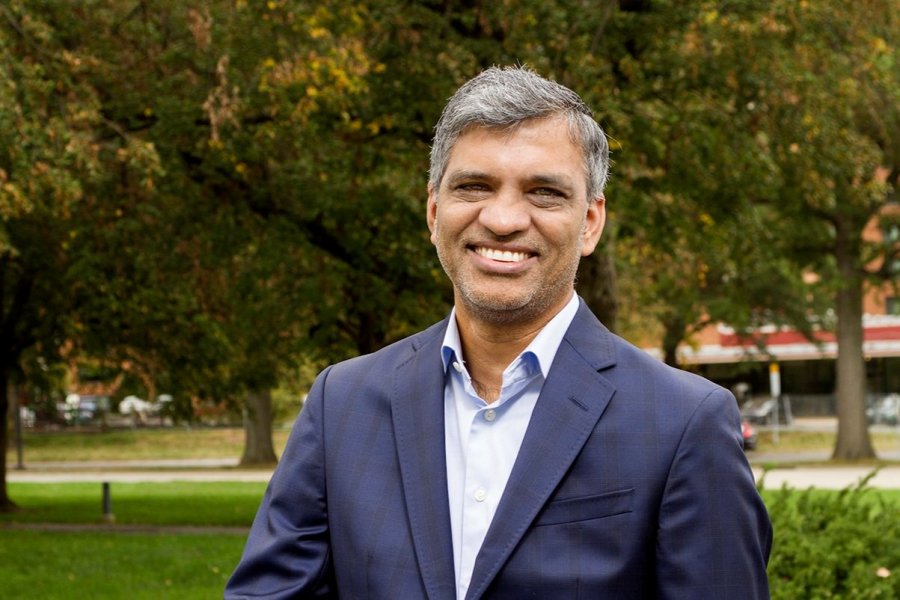



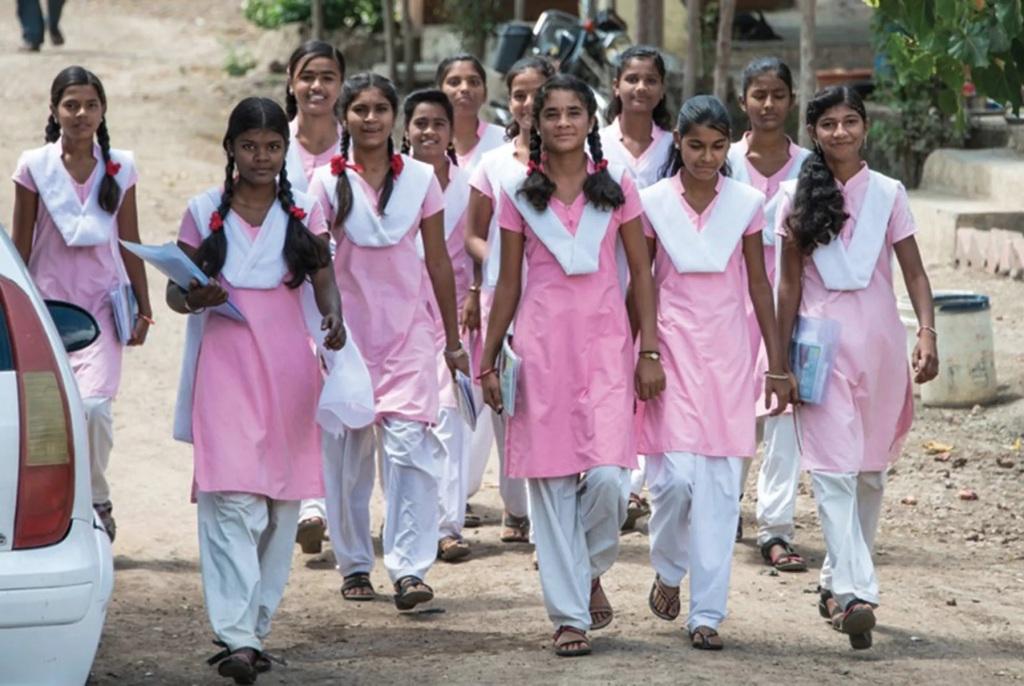
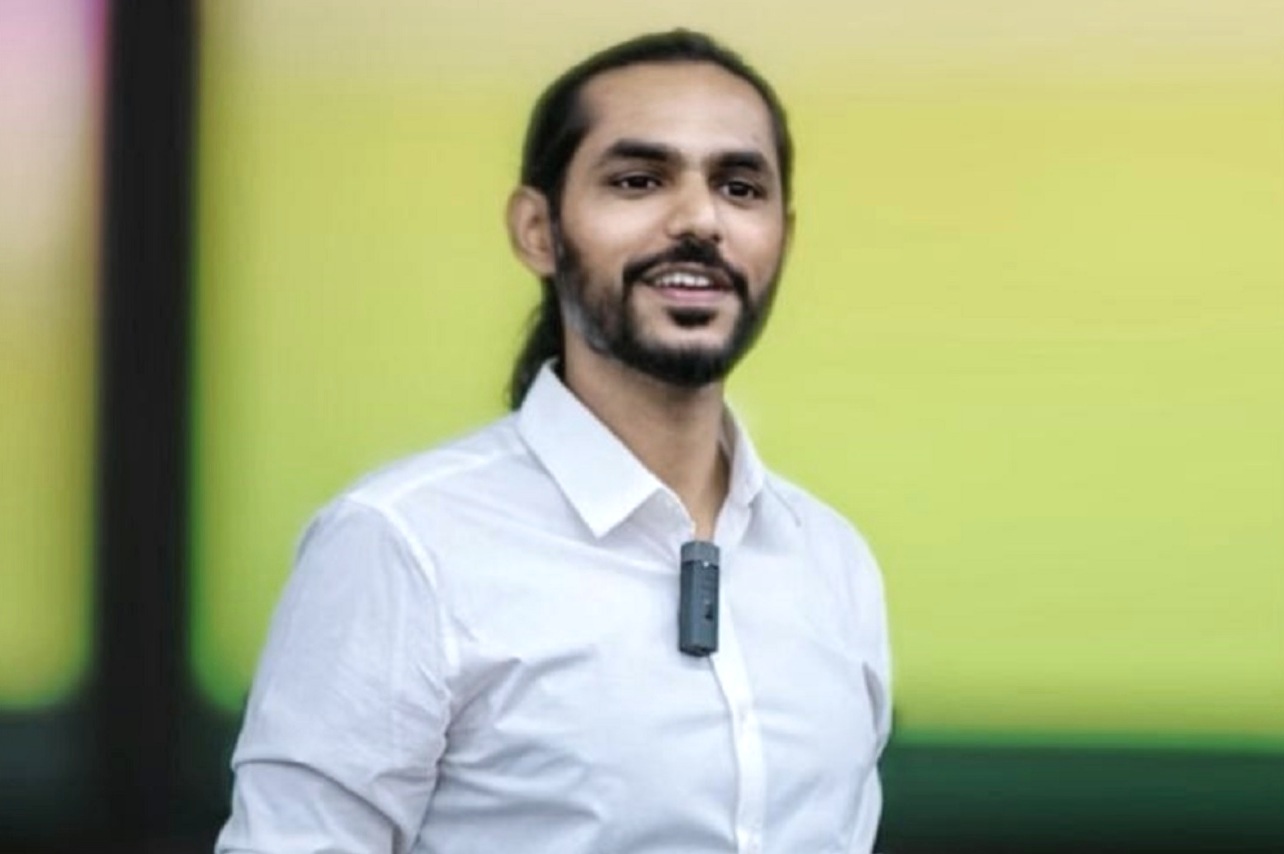



.jpg)




